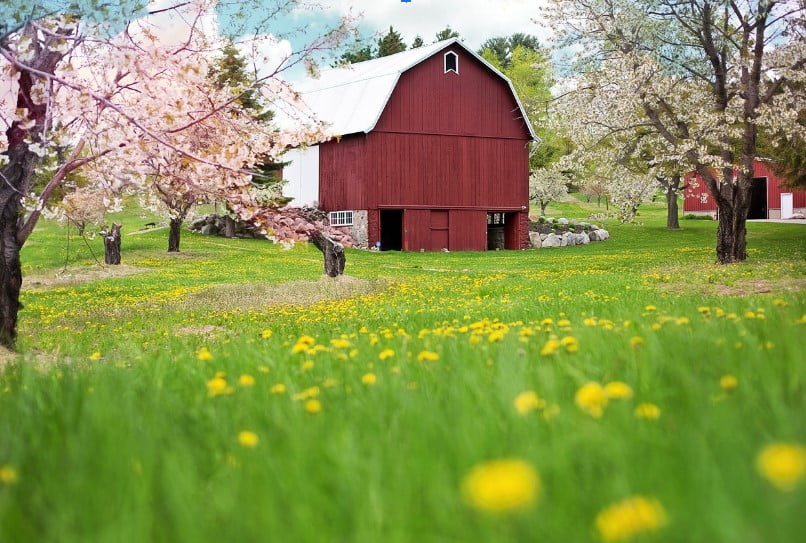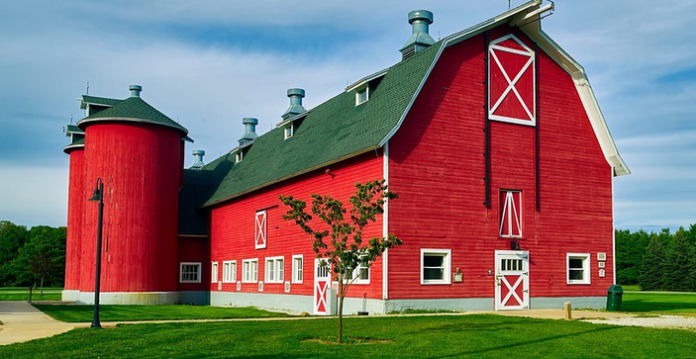In the annals of American agricultural history, a captivating tale unfolds, harkening back to the nascent days of colonial farming. As settlers toiled to establish their livelihoods, wooden barns emerged as essential structures, providing shelter for livestock and safeguarding precious crops. However, the challenge of preserving these barns against the relentless forces of nature led to a discovery that would shape the landscape for centuries to come.
The Unlikely Alchemy of Preservation: Early American farmers, facing the erosive impact of rain, wind, and sunlight on their wooden barns, sought a solution rooted in simplicity. Their ingenuity manifested in a concoction of linseed oil and milk, forming a protective sealant that shielded the wood from the elements. Yet, this practical innovation inadvertently bestowed a distinctive reddish-orange hue upon the barns, a consequence of the linseed oil’s reaction with the wood’s tannins.

Function Over Form: Initially, the farmers were more concerned with the barns’ functionality than their color. The structures served a utilitarian purpose—offering refuge to livestock and safeguarding bountiful harvests. However, the prevalence of red barns gradually ascended, becoming an ubiquitous sight across the American countryside.
The Colorful Tapestry of Theories: Various theories abound regarding the adoption of red as the preferred barn color. Some posit that the red pigment’s affordability and accessibility, derived from materials like iron oxide, rust, and clay, made it a pragmatic choice. Others argue that red’s durability, resisting fading and peeling, solidified its status. Regardless of the rationale, the tradition persisted through the ages, turning red into an enduring symbol of rural America.

A Modern Palette: While red remains the predominant barn color, the tradition has evolved over time. Today, barns showcase an array of hues, providing a diverse tapestry across rural landscapes. The iconic red barn, however, endures as a living testament to the resilience and resourcefulness of early American farmers.
Conclusion: Next time you encounter a red barn punctuating the countryside, reflect on the rich history encapsulated in its hues. From the pragmatic use of linseed oil and milk to the evolution of barn colors, each structure stands as a testament to the perseverance and wisdom of our agrarian forebears. In this timeless legacy, the red barn remains a vivid symbol, weaving a narrative that transcends generations and celebrates the enduring spirit of rural America.
image source : home making










